
A sector of Palo Verde National Park has been burning since the morning of Sunday, April 23. By Tuesday afternoon, the flames had already consumed nearly 2,000 hectares (almost 4950 acres), said Óscar Hernández, the coordinator of the National Fire Program for the National System of Conservation Areas (Spanish acronym: SINAC).
The fire’s characteristics have caused a particular layer of smoke over communities on the Nicoya Peninsula, a situation that is even visible in images from the National Meteorological Institute (Spanish acronym: IMN). That doesn’t always happen when there are forest fires.
“This fire is very different from others,” the director of the Arenal Tempisque Conservation Area (Spanish acronym: ACAT), Alexander León, told The Voice. Why is it different and what impact is it having? We’ll tell you these and other facts:
-
Cloud of smoke
The fire started in a sector called Catalinas, where wetlands predominate. “There’s an invasive plant called Typha and a lot of organic matter,” León explained.
This plant, when it comes into contact with fire, burns very quickly, with aggressive flames and creates a lot of smoke. Add to this the high temperatures and some winds that have caused the fire to spread at high speeds and that the smoke is reaching communities on the peninsula.
“It can burn up to a hectare and a half (3.7 acres) per minute,” León said.
It’s spreading so fast that it’s impossible for officials to go into the fire area. They have to take care of it with machinery, to make rounds in the plains. This consists of cutting the vegetation to prevent the fire from continuing to advance.
-
Colorful sun, sunset and moon… and allergies
“We’ve seen that those very beautiful sunsets can be seen in Guanacaste, but it’s because of the smoke,” explained the ACAT director. The large layer of smoke over the peninsula even causes us to see the moon and the sun with more intense colors.
In addition to these effects, the smoke may also be causing eye irritation, allergies and respiratory conditions. Authorities recommend avoiding exposure primarily to those with asthma and other respiratory illnesses. Also, keep your medication on hand in case you need it.
“It’s very uncertain how much longer the fire and smoke will last. It might be in the next few days but it may extend a little longer,” said León.
-
Caused
Although ACAT hasn’t yet investigated what caused the fire, the main suspicion is that it was caused intentionally.
Colleagues are dealing with the fire and, therefore, the investigation of the cause will come afterwards, but it’s very likely that it is vandalism,” said Hernández.
Vandalism has been the cause of 27% of the fires handled by SINAC between 2007 and 2022, according to data from the institution. Hernández added that the vandals usually provoke it as revenge against the park rangers for persecuting crimes such as hunting.
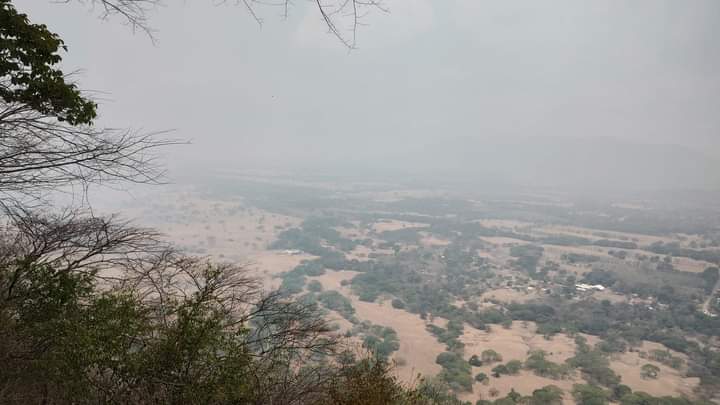
The fire has caused a layer of smoke over communities on the Nicoya Peninsula.Photo: Sinac
-
Species at risk
According to León, in events like this, most large mammals and birds manage to flee, but other smaller animals end up dying in the flames. In fires like these, it’s normal to find reptiles such as turtles, snakes and some other small mammals.
They haven’t yet determined the effect on species in this forest fire because they haven’t been able to go into the fire, but according to León, they have already found dead turtles.
The biologist in charge of the Las Pumas Rescue Center and Sanctuary, located in Cañas, Esther Pomareda, affirmed that the site has slow-moving species such as turtles, armadillos and anteaters that can be affected and others such as manigordos, pumas, ocelots, peccaries and coatis that may be trapped in the smoke. In addition, “we’re in a time of transition where we have a lot of babies that have been born and are being born, so they can’t run away easily,” she added.
There are others that flee faster, so we have to drive with caution on the roads surrounding the park.
Those who manage to flee and get out of the fire area in desperation, could encounter another threat, which is the roads, and they could die from being hit,” she says.
-
Level 3
On Monday night, the fire was upgraded to level 3. This occurs when the conservation area no longer has the necessary capacities to continue handling the magnitude of the fire and therefore requests support from neighboring conservation areas, in this case: Tempisque, Guanacaste, North Huetar and Central Pacific.
In total, there are four categories.
- When a protected area has the capacity to handle the fire.
- When they must elevate it to the conservation area to manage it.
- When they need human support and equipment from neighboring areas.
- When the fire requires mobilizing areas from the entire country and other institutions.
ACAT constantly evaluates the conditions to decide whether to request to upgrade the fire to a new category.
The national fire management coordinator also specified that at this time, the flames don’t directly threaten any community, but they are heading towards the sector of the national park that’s next to the Tempisque River.


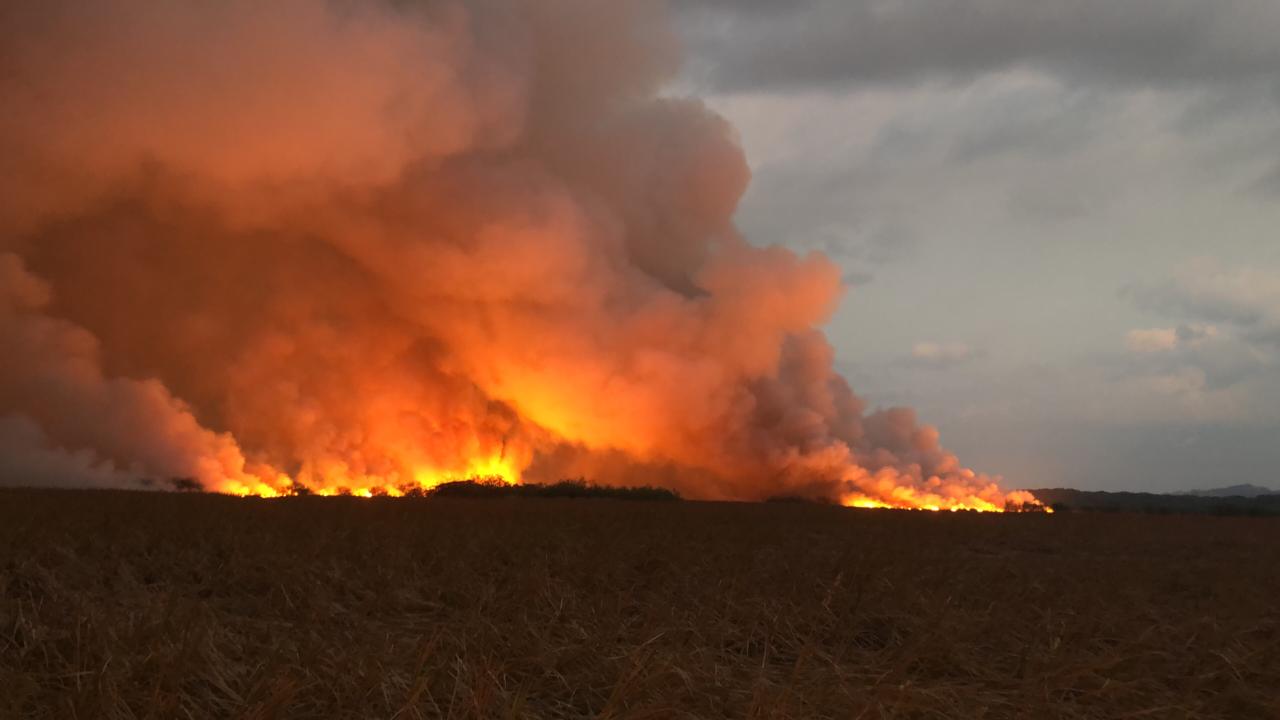
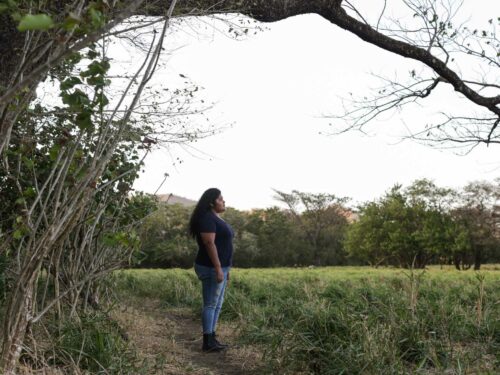
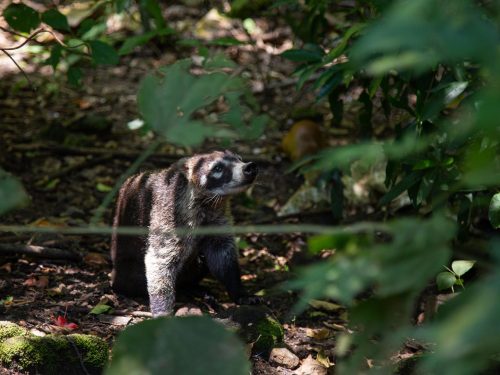
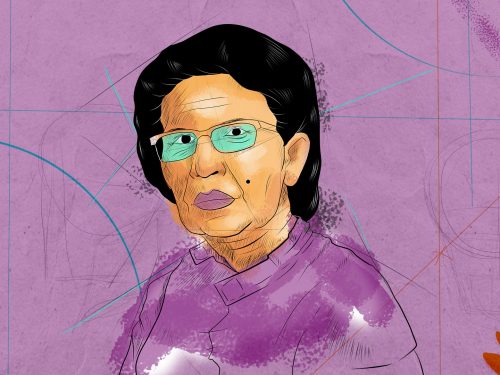

Comments